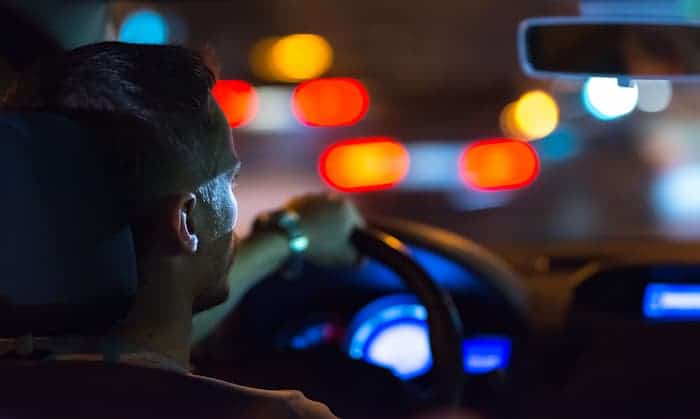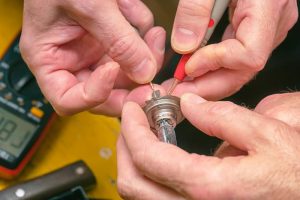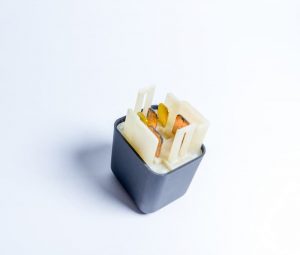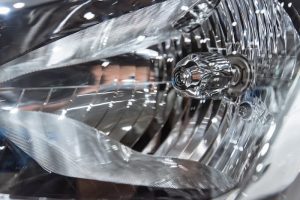Why should you drive slower at night has always been one of those questions that get asked during a driving safety course especially when the roads at night are perceived to be without traffic. Well, one of the reasons why we encourage driving slower at night is because driving slowly allows you to be more aware of your surroundings.
Also, while visibility is naturally reduced at night, driving a little slower allows you to react more quickly and efficiently to potentially dangerous circumstances such as roadblocks, sharp bends, potholes, and more. It’s more useful if you’re driving down a dark road where animals may rush out from the bushes at any time. But overall, driving slower at night helps improve your night time driving experience.
Tips for driving safely at night
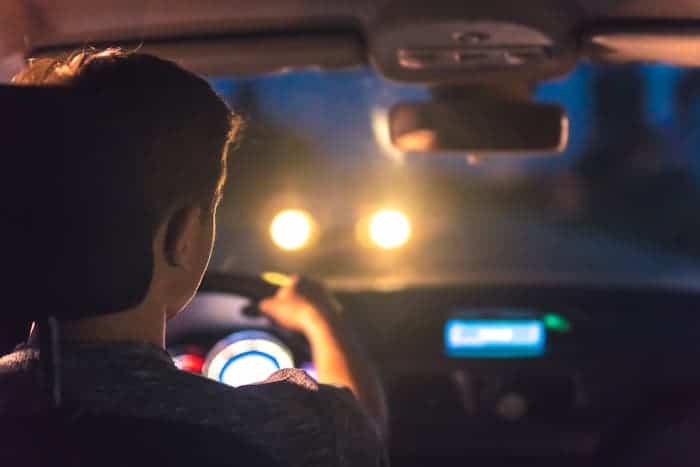
Driving slower at night doesn’t mean you shouldn’t put your feet on the gas! As a matter of fact, it means you are indirectly observing one of the headlight laws which is “slowing down and using your High beam at night when visibility is less than 200 feet from you.” You should pay extra attention to your surroundings, just as you would in other dangerous driving scenarios like rain, fog, or snow. Here are some helpful hints for driving at night:
- Be careful of your surroundings when driving at night because visibility is reduced. This means you must be three times as cautious at night as you are during the day. Avoid unnecessary distractions like talking on the phone or texting by keeping an eye out for distracted or sleepy drivers.
- Check your high beams and headlights regularly. Driving safely at night necessitates the use of working headlights and high beams. You’re in a risky scenario if you can’t see what you’re doing.
- Drive slower- Because visibility is reduced at night, driving slowly gives you more time to react to potential challenges or accidents. It’s also useful when traveling on back roads or unfamiliar roads. You’ll have a better view of any warning signs or animals.
- Keep an eye on wild animals if you’re traveling on remote roads or in less developed areas. Deer are infamous for rushing out in front of cars when crossing the road. This is incredibly harmful not just for the animal but also for you.
- Keep an eye out for nighttime drowsiness if you’re driving late at night or after a long day at work. The worst thing is to fall asleep behind the wheel. If you start to feel sleepy, pull over to the side of the road, lower your window to let fresh air in, and take a rest until you wake up. Don’t endanger yourself or others.
How is driving at night different from the day

You could be thinking, “Driving is driving,” and you’d be correct. In the sections below, let’s go over some of the significant distinctions between driving during the day and driving at night.
- Your visibility is diminished. Naturally, you can’t see as well at night as you do during the day.
- When driving during the day, you’re less likely to feel sleepy.
- During the day, driving at a normal speed is OK, but at night, you should slow down to compensate for poor vision.
- Driving at night, you would need to also know how to avoid bright blinding headlights.
Don’t drive tired
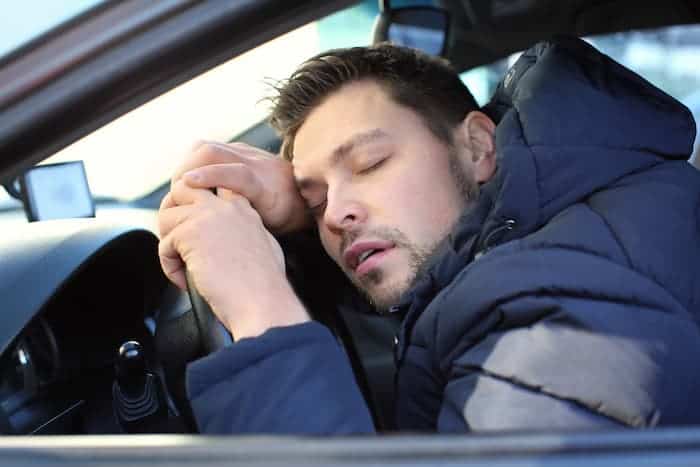
Stop if you’re feeling fatigued. One of the leading causes of night accidents is being extremely tired.
How to prevent drowsy driving:
- Get a good night’s sleep.
- Don’t drink excessively before you get behind the wheel.
- Between the hours of 12 a.m. and 6 a.m., avoid driving.
If you’re drowsy when driving, take the following precautions:
- Stop and pull over to the side.
- Take a short nap (15-20 minutes) in your vehicle with the lights turned off and the emergency lights on.
- Get some caffeine from a gas station coffee.
- Allow some fresh air in by opening your window.
If the beam from your car’s headlight are dim or doesn’t clearly illuminate about 500ft from your car, take the following steps.
- Clean the headlight lenses using a headlight restoration kit.
- Change the headlight bulbs if they are weak or bad.
- Replace your headlight lenses or housing if they’ve cracked.
- Lastly, maintain a sound car maintenance routine.

